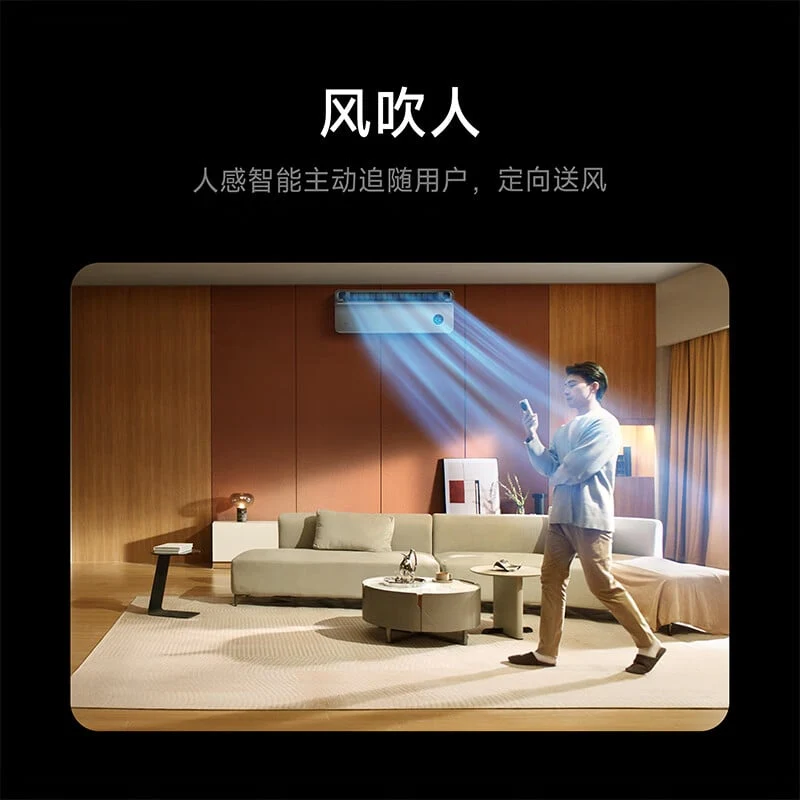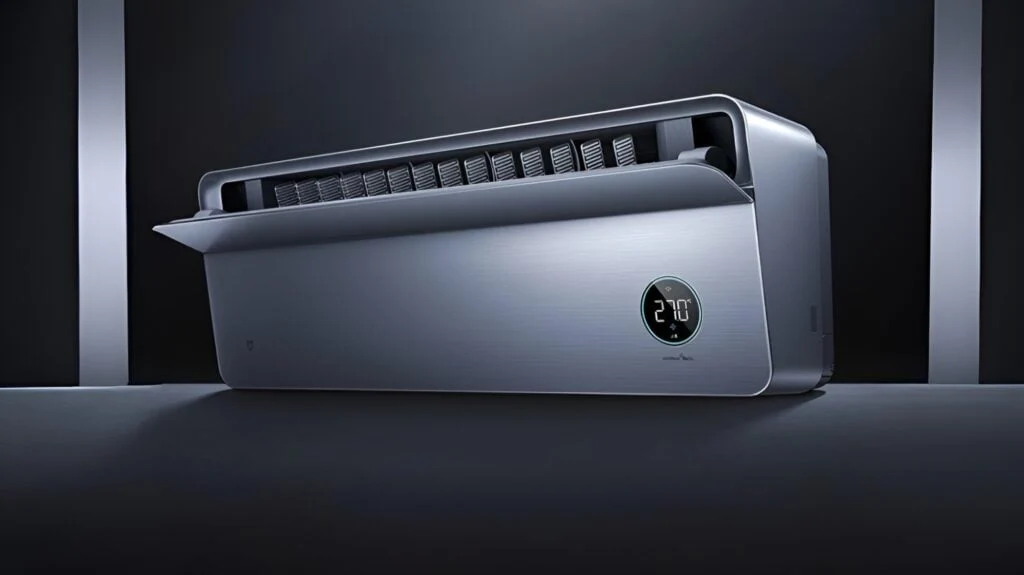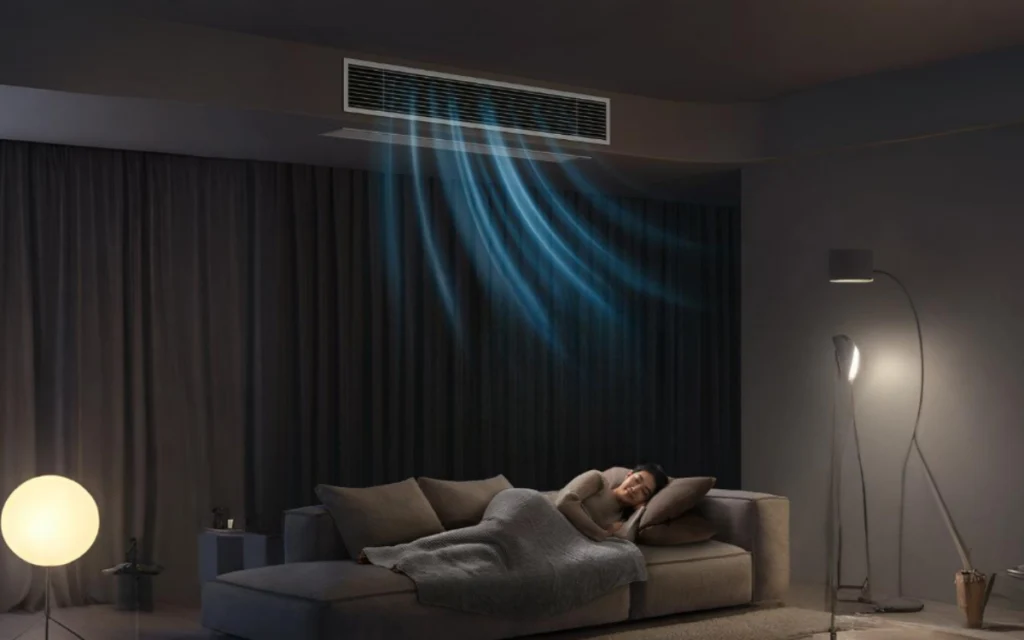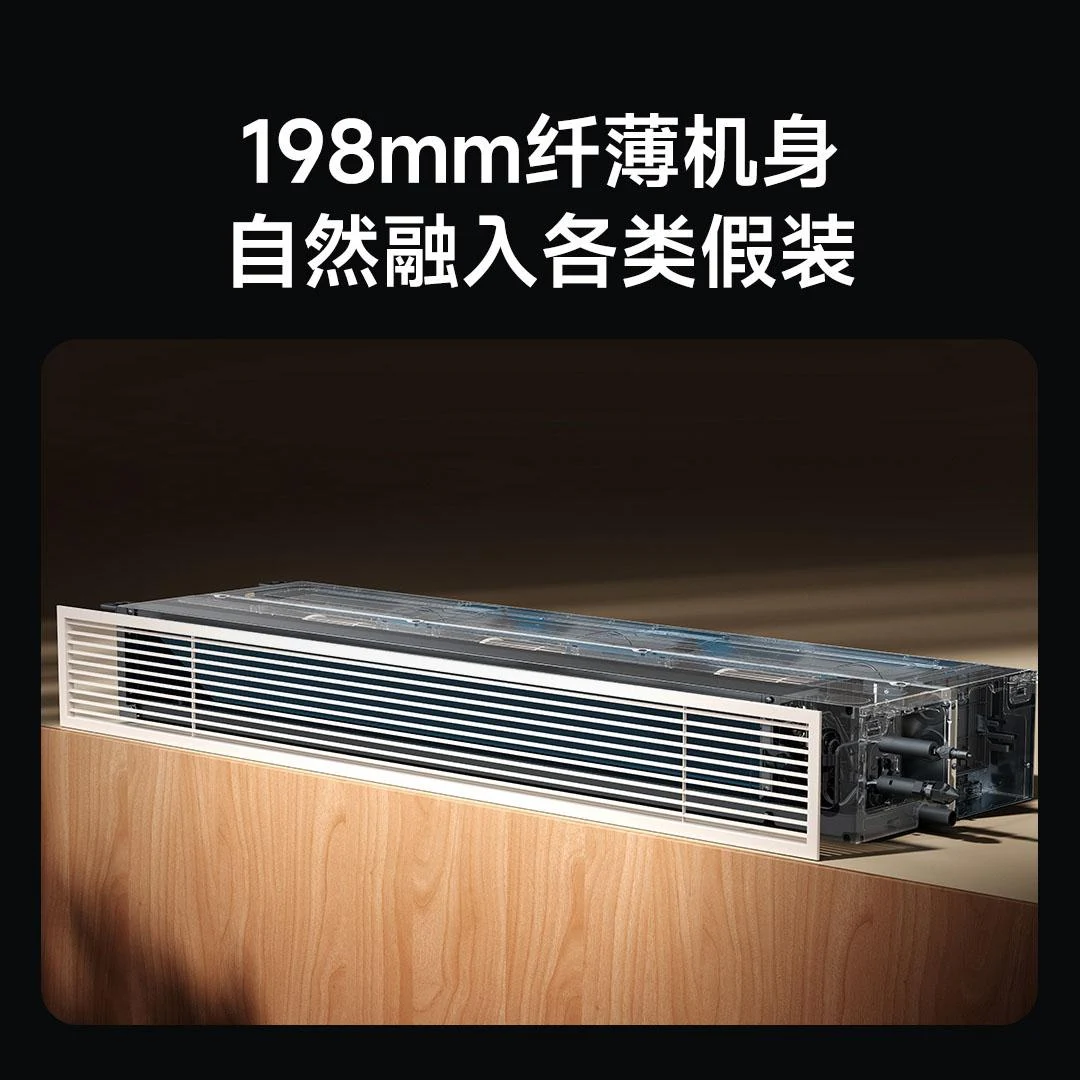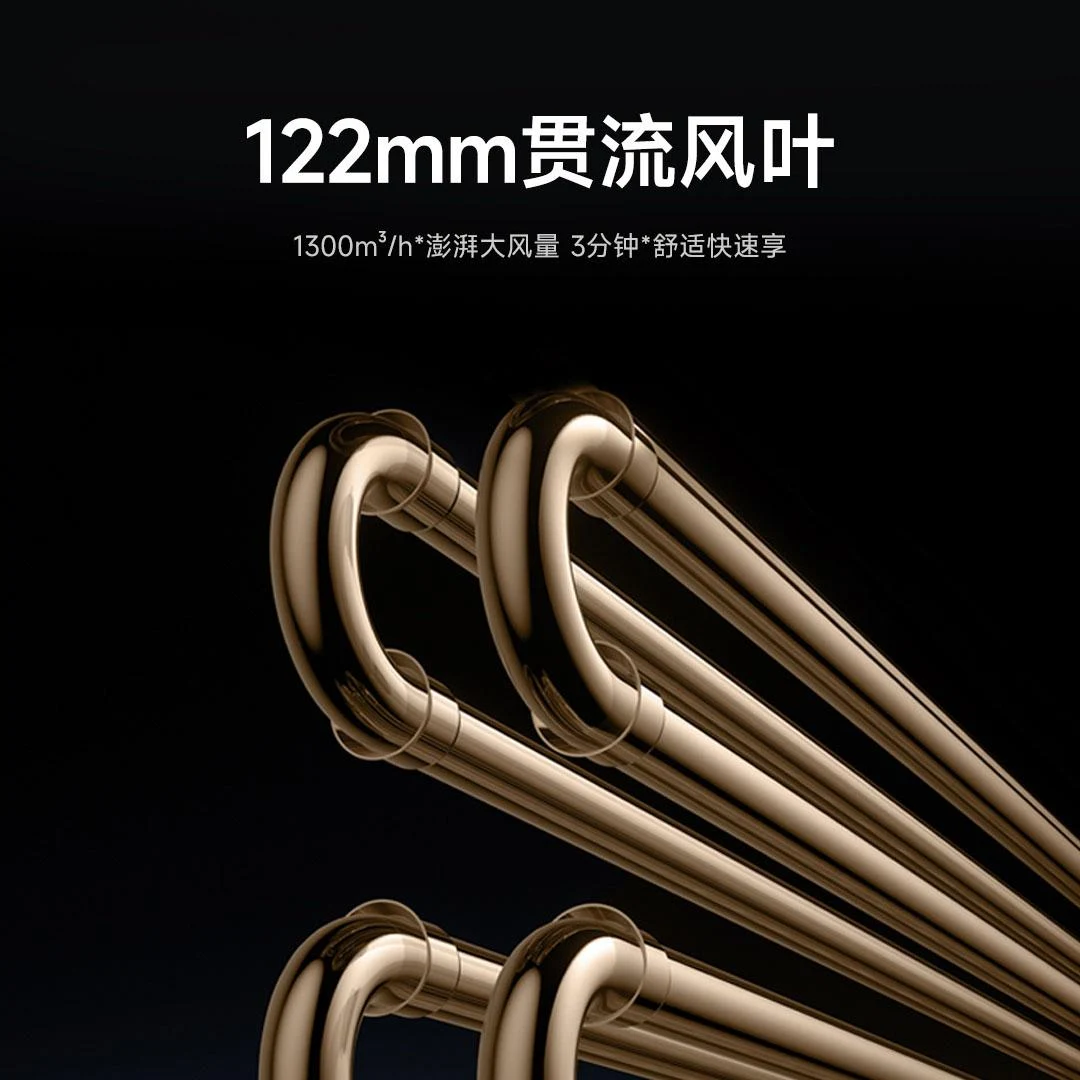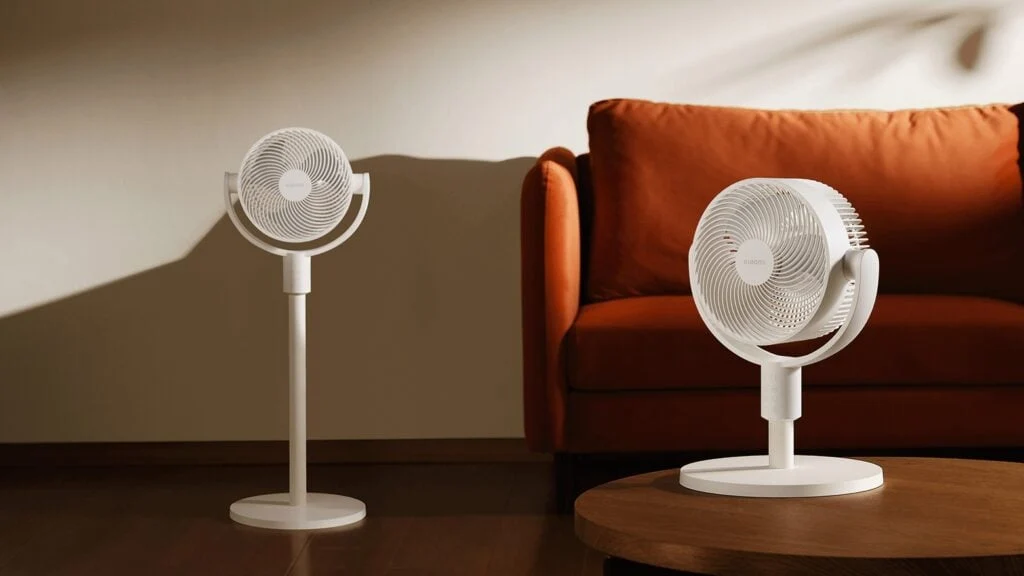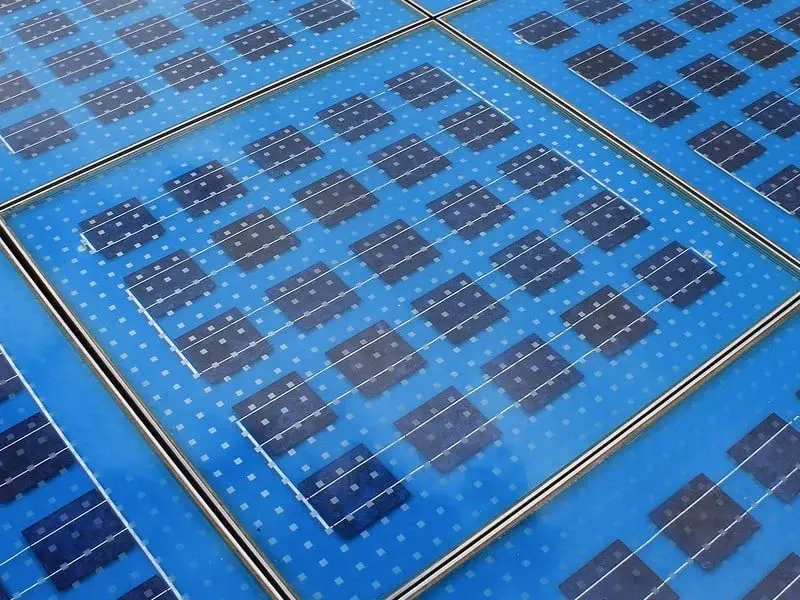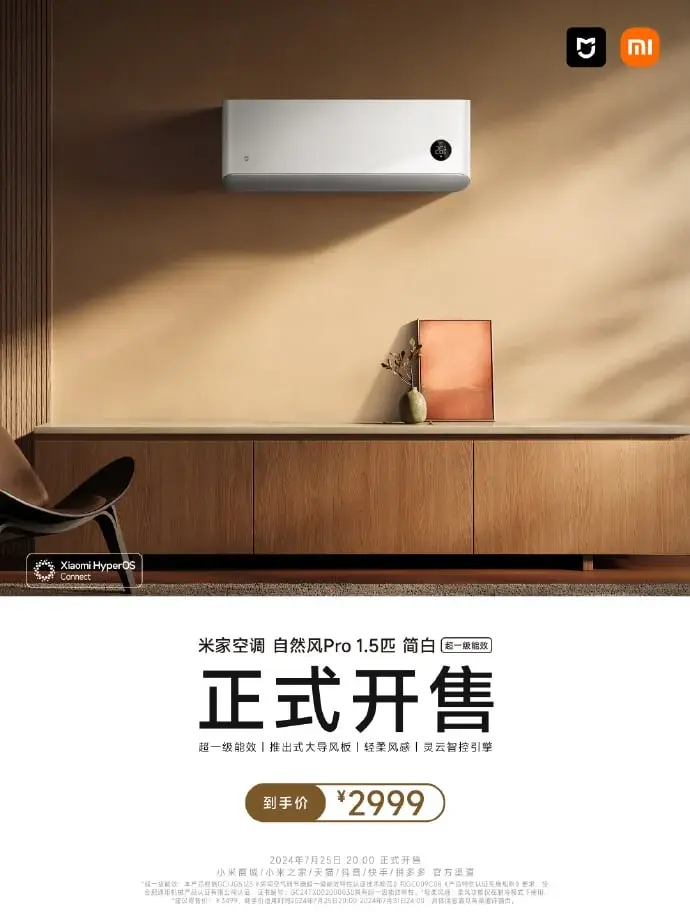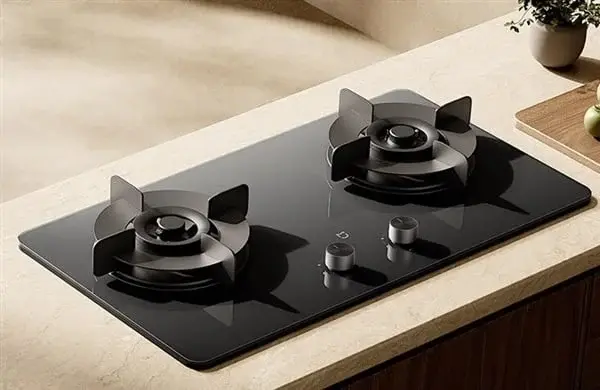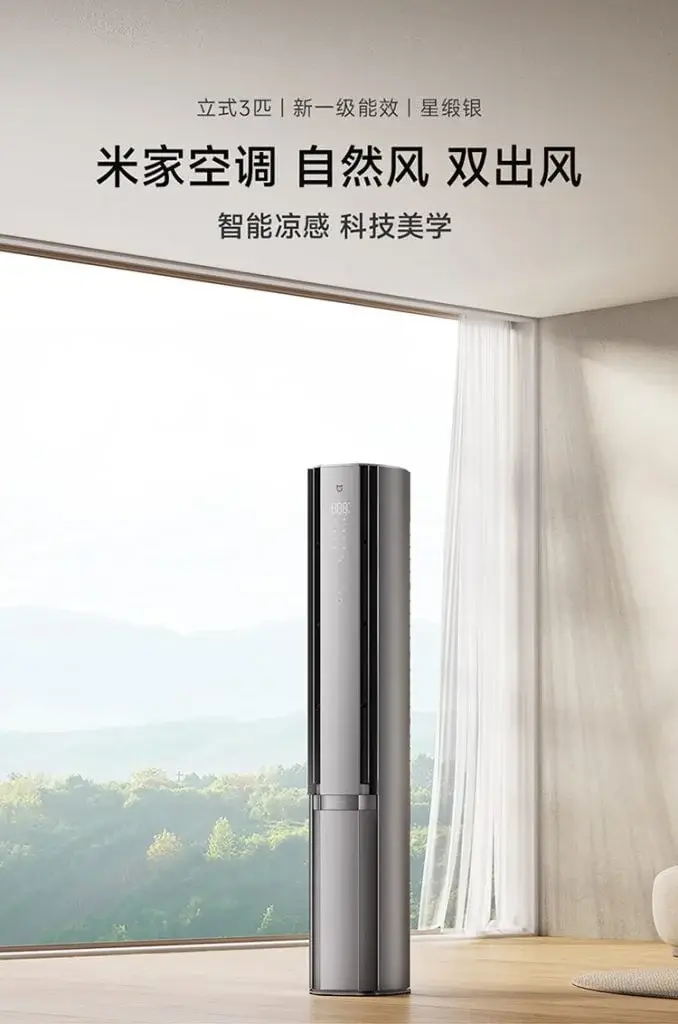Key Takeaways
1. Innovative Upward Airflow: The Mijia Air Conditioner Pro directs air upward for a more comfortable and ambient cooling experience, avoiding direct blasts of cold air.
2. Human-Sensing Technology: Equipped with dual mmWave radars, the unit detects human presence and adjusts airflow direction for comfort, a feature typically found in high-end AC systems.
3. Energy Efficiency: The air conditioner switches to low-power mode when no occupants are detected, potentially saving around 361 kWh annually, equating to about 216 yuan (~$30) on electricity bills.
4. Smart Home Compatibility: It integrates with HyperOS Connect, Mi Home, and Xiao Ai voice assistant, allowing for personalized modes and over-the-air updates.
5. Compact and Quiet Design: Weighing only 13kg and requiring minimal installation space, it operates quietly at just 18dB(A) in silent mode, making it ideal for various living environments.
Last year, Xiaomi introduced an innovative concept in home cooling: an air conditioner that directs air upward rather than straight at you. This design offers a more comfortable and less intrusive airflow that gently fills the space, similar to ambient cooling but with a smarter approach. Now, Xiaomi has launched an enhanced model: the Mijia Air Conditioner Pro, featuring human-sensing upward airflow, priced at 3,999 yuan (~$550).
Key Features of the Mijia Air Conditioner Pro
This new unit, with a power of 1.5 horsepower, continues the “wall-hugging” airflow idea but incorporates a significant improvement: dual mmWave radars that monitor human presence in real-time. The system can identify your location within a room and can either direct cooling towards you for immediate comfort or redirect it to avoid an uncomfortable blast of cold air. This advanced technology is usually found in high-end central AC systems, now available in a consumer-friendly wall unit.
Energy Efficiency and Smart Control
The integration of radar technology also contributes to energy efficiency. When the system detects no occupants, it switches to a low-power mode. When someone returns, it quietly increases its output. According to Xiaomi, this intelligent feature—driven by the Lingyun AI engine and supported by cloud-based scene recognition—can save around 361 kWh each year, which is about 216 yuan (~$30) on your electricity bill.
The Mijia Pro utilizes a dual-cylinder inverter compressor with a double-row condenser and evaporator, ensuring effective heating and cooling even in extreme weather conditions, from -35°C in winter to a sizzling 65°C in summer. It boasts an APF rating of 5.65, making it eligible for China’s top energy efficiency category, “Super Level 1.”
Smart Home Compatibility and Design
Xiaomi hasn’t overlooked smart home features either. This unit is compatible with HyperOS Connect and works seamlessly with the Mi Home and Xiao Ai voice assistant. Additionally, it receives over-the-air updates for new capabilities in the future. Users can personalize their favorite modes or select preset scenes based on their activities or the time of day.
Furthermore, it includes a self-cleaning cycle at 56°C for both indoor and outdoor units, along with an antibacterial filter that eliminates over 99% of common germs. It delivers impressive airflow at 830m³/h while maintaining a quiet operation level of just 18dB(A) in silent mode—quieter than most whispers.
On the design front, it is sleek and compact. The indoor unit weighs only 13kg and requires just 35cm of vertical space and 2cm of top clearance, offering installers greater flexibility compared to traditional bulkier wall units.
